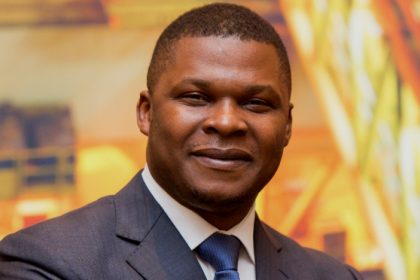Uganda needs to better budget focus, execution
KAMPALA, JUNE 10 – Uganda will need to go beyond budgeting to craft specific pathways for effective implementation and put in place accountability regimes to achieve policy objectives.
These were the closing thoughts of speakers at the end of Stanbic Bank Uganda’s post budget breakfast earlier today, where panelists pointed to the need for better prioritization of investment with a focus on sectors likely to bring a higher development dividend.
“There is a need to set performance targets and if those responsible fail to achieve them, then lets fire them,” said Dr. Adam Mugume the executive Director for Research at the Bank of Uganda who also argued that Uganda needed to identify its product niche.
While finance minister Matia Kasaija allocated 53 percent of the 2016/17 budget to development expenditure with the works sector taking 14 percent of total spending, education 10 percent and energy 9 percent respectively.
But speakers at the event faulted government planners for what they saw as under allocations to agriculture, tourism and the information and communications technology sectors.
“The government needs to target resources towards areas that present the greatest opportunity for returns. Sectors such as tourism have contributed more to GDP but they continue to get less when it comes to allocations,” commented Stanbic Uganda chief executive Patrick Mweheire.
In a rejoinder, Dr. Mugume said that there was a need to filter arrival data further to arrive at the exact contribution of tourism to the economy. Overall it is estimated that tourism contributes close to $1.5 billion to Uganda’s export revenue but this figure is based on disaggregated arrival data. This makes it difficult to arrive at the exact nature and quantity of interventions required to boost the sector he said.
Agricultural productivity also remains low, a problem New Vision Printing and Publishing Corporation chief executive Robert Kabushenga traced to the quality of labour engaged in the sector. “Improve the quality of people participating in agriculture and you would have solved the problem,” he argued.
Uganda’s economy grew 4.6 percent in fiscal 2015, marginally below the revised 5 percent target a problem partly blamed on low productivity in the agricultural sector. Export earnings slumped during the year on the back of economic volatility that saw lending rates touch 30 percent, denying the productive sector access to credit to finance expansion.
In an effort to reset the economy, Matia Kasaija placed the accent on infrastructure development in the coming years’ budget, a measure hailed by the panel although the World Bank cautions that investments in public infrastructure were not yielding optimal returns in its latest update on the Ugandan economy.
The economy is projected to grow by 5.5 percent next financial year while medium term growth is still being projected at 6.3percent.This outlook banks on the implementation of major energy and transport infrastructure projects.
While the strategy is generally being seen as sound, it amidst concerns over a fiscal deficit that is running at 6.4 percent of GDP and ballooning public debt now standing at 34 percent of GDP. Gross nominal public debt is projected at UShs 29.9 trillion for the current financial year and at Ushs 6 trillion debt servicing accounts for the largest allocation in the 2016/17 budget proposals.
This is likely to impact how foreigners assess investment risk in the country and could affect flows of FDI, warns Jibran Qureishi Stanbic’s Regional Economist for East Africa.

 Africans must resist being bulldozed in energy transition timetable debate
Africans must resist being bulldozed in energy transition timetable debate
 Standard Bank Group appoints new Chief Executive for Uganda Holdings
Standard Bank Group appoints new Chief Executive for Uganda Holdings
 TradeMark Africa introduces new App to limit EAC trade barriers
TradeMark Africa introduces new App to limit EAC trade barriers
 Employer hiring up during November as Stanbic PMI rises to 53.4
Employer hiring up during November as Stanbic PMI rises to 53.4
 Shell Club rewards first winners with brand new motorbikes in Mbale
Shell Club rewards first winners with brand new motorbikes in Mbale
 CSBAG roots for increased funding for renewable energy
CSBAG roots for increased funding for renewable energy
